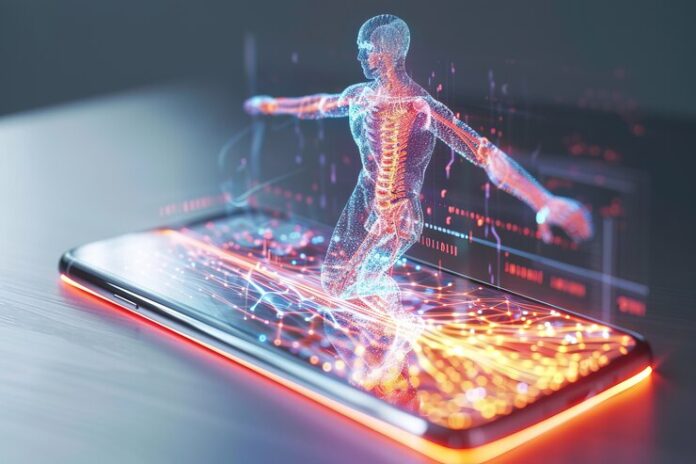In today’s fast-paced world, staying healthy is no longer just about gym sessions or home workouts; it’s about having a wellness toolkit right in your pocket. Mobile health and fitness apps have become essential companions for millions, enabling people to manage their physical and mental health anytime, anywhere.
From tracking steps and calories to offering guided meditation and stress relief exercises, these apps provide accessible, customizable ways to support our well-being. Apps like MyFitnessPal and Fitbit have grown wildly popular because they’re easy to use and put health insights directly into users’ hands. MyFitnessPal, for instance, lets users log meals, track their nutrition, and even sync with other fitness trackers for a holistic health view. Fitbit’s app goes even further by connecting with wearables, monitoring steps, heart rate, and sleep patterns to provide a more detailed snapshot of physical health.
Mental wellness apps are seeing a boom, too. Take Headspace, which makes meditation approachable for beginners and veterans alike, helping people to unwind, focus, and manage stress more effectively. As the importance of mental health continues to be recognized, apps like these are becoming a regular part of people’s daily routines.
These tools are increasingly sophisticated, using AI to personalize recommendations, suggest workouts based on fitness level, or even adjust meditation techniques based on user feedback. They also foster community, allowing users to connect, set shared goals, and celebrate milestones, making wellness a more interactive and social journey.
Yet, with all these benefits, there are challenges. Data privacy remains a pressing concern since these apps often collect sensitive information. Users want assurance that their health data is safe and secure, a demand that is pushing developers to prioritize privacy features and adhere to regulations like GDPR.
The rise of mobile health and fitness apps marks a shift in how we view health—no longer just as something we attend to in specific moments but as an integral part of our daily lives, aided by tech that makes wellness more accessible and more connected. As these apps evolve, they’ll continue to shape our health habits, making wellness a journey that’s just a tap away.




